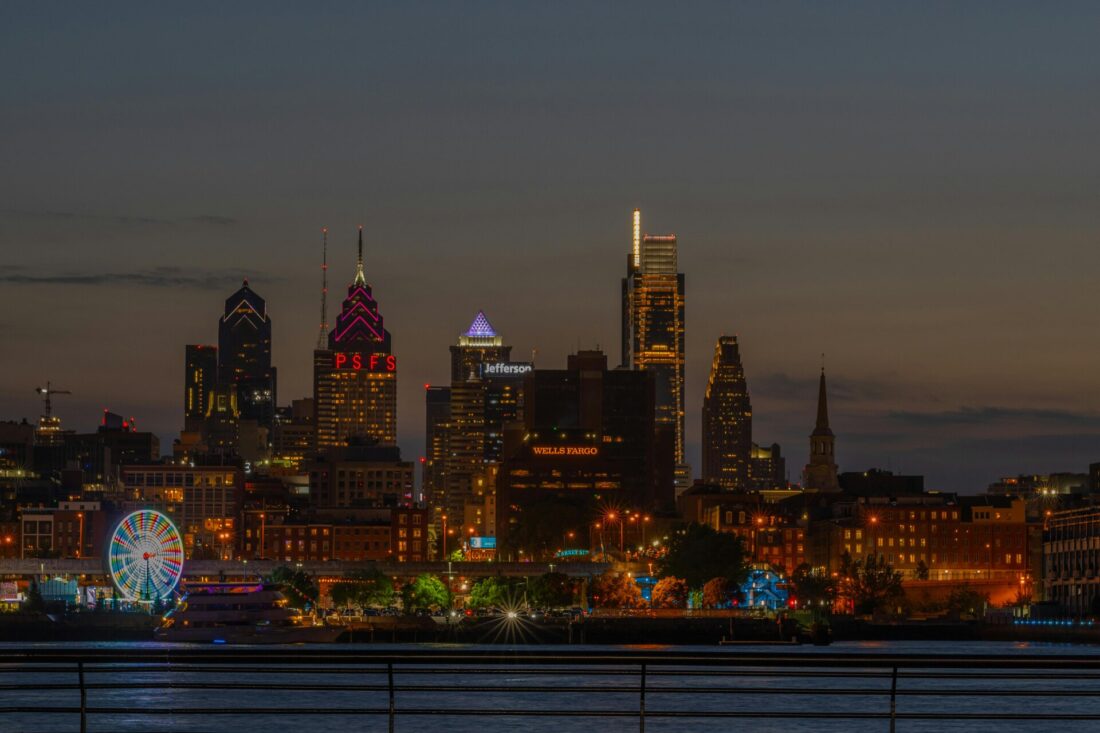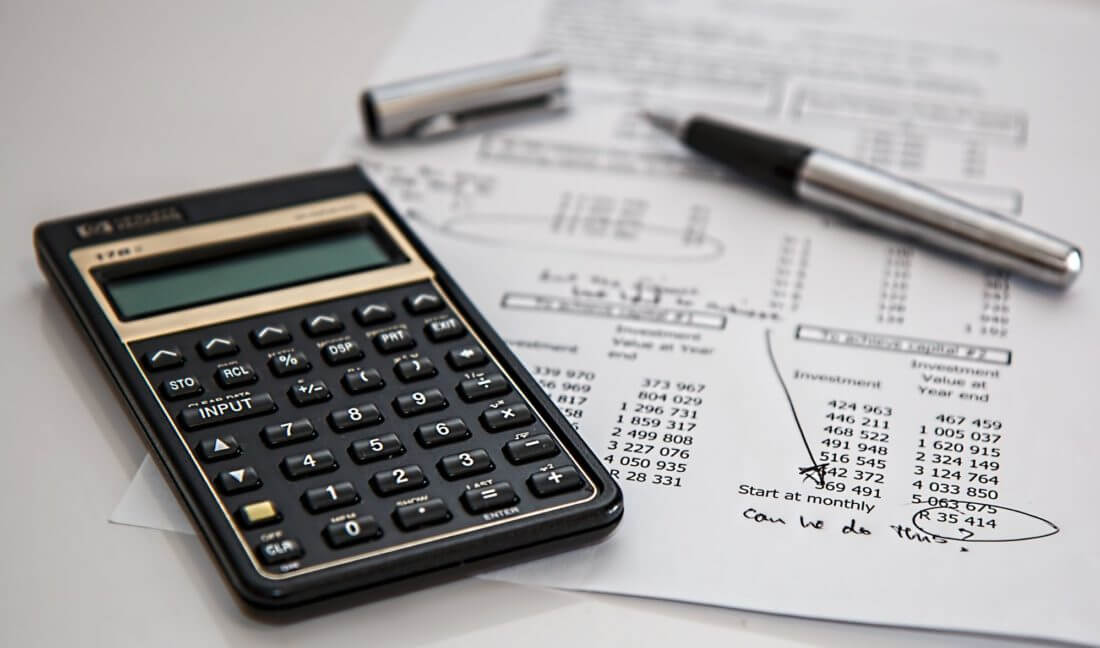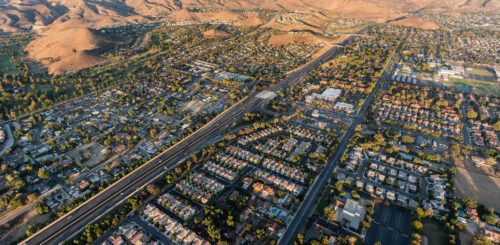There are many reasons why you might want to move to Philly, but before pulling up an anchor, you should check out the true cost of living in Philadelphia. On average, it is significantly higher than in the rest of the country. Yet, it offers much more than it takes through expenses, both in terms of quality of life and employment opportunities, as well as history and contemporary stuff.


Founded in the 17th century by William Penn, as the capital of his namesake colony, Philly ended up as the birthplace of the United States. Both the Declaration of Independence and the US Constitution were signed here. From the time of the Founding Fathers, when it was briefly a US capital, the town has grown steadily, and today it is the sixth most populous town in the country. It is a proud owner of the first library, stock exchange, hospital and medical school, and a zoo in the States, among other things.
Today, you’ll find vibrant cultural life here, as well as a developed hospitality industry, more or less successful sports teams in all of the Big Four leagues, and (last but not least) stairs that Rocky Balboa famously ran up during training. Stars such as Bill Haley, Chubby Checker, and Pink hailed from this place.
And now that we have covered the basics, let’s get down to business. Or costs, to be more precise, so you can plan your move in detail.


The Basic Cost of Living in Philadelphia, Pennsylvania
According to statistics, Philly is a bit more expensive than the national and state average. When it comes to main boxes to tick in a monthly things-to-spend-on list, the grocery index is 16% higher than the national and utility index goes up to 25% more. Still, all good things always cost a bit more, and with a solid planning and reasonable income, you’ll make it work just fine. On the other hand, the housing index is about 15% lower. So, let’s take a closer look at the data.
The Costs of Housing and Utilities in Philadelphia, Pennsylvania
What you need to know before moving to Philly is that the housing market in the area is strong and stable, and there is no lack of homes. In 2019, the median price of real estate was around $151,000. That puts the place well below other major cities like New York, Boston, or Los Angeles.
The value of a home, of course, depends on the part of town. According to the data from relevant websites, neighborhoods Fairhill, Alleghany West, Tioga-Nicetown, and Harrowgate are the most affordable parts of town, but they are also the least safe. On the other end of the scale are some of the best places to live in Philadelphia, such as City Center East, Chestnut Hill, and Riverfront.
If you opt for renting, the average rent comes at around $950, slightly less than the US average. If you’re looking to save money on rent, the best neighborhoods in Philadelphia for you might be Marconi Plaza-Packer Park, Oak Lane, or Eastwick. You can further help your budget by splitting the rent with a roommate.
Bills for utilities (water, heating, electricity, and garbage) will consume around $150 of your monthly income. If you want to have an internet connection at your place, be prepared to cash out some 70 dollars every month.
Simple Bare Necessities – Groceries
We all have to eat, and Philly will make you feel it in your wallet. Groceries are more expensive than in many other cities, from chicken and beef to milk and vegetables. For example, a pound of ground beef will cost somewhere around $4, a good 9% above the median range for the United States. According to some statistics, buying food will cost you at least $430 a month. On the plus side, beer is cheaper here than in most other places.
Still, there are numerous farmer’s markets, where you can find lots of high-quality fresh fruits and vegetables, possibly even at a lower price than in the supermarket.
Different Kinds of Transportation – Does Bicycle Save Money?
Though it gives a sense of independence, owning a car in Philly may not be the best choice. The price of gasoline is higher than you’re used to, and repairs also require more money. Besides, the city is often cited as one with the best public transportation system in the US. Subway, trains, and trolleys will take you anywhere you need to go in a short time.
Bicycles are also a very popular means of transportation in Philadelphia, both in terms of getting around the town faster and saving money.


Income and Taxes in Philly and PA – What You Get and What You Give
People working in Philly can expect to earn less than their counterparts around the US, and unemployment stands at around 7%. An average household income stands at about $40,000 per year, while one person, on average, earns $23,500 annually.
Not surprisingly, the biggest salaries in the town are earned by lawyers, doctors, police officers, and folks in the IT sector. Closely behind come management positions, jobs in business and finance industry, and engineering. Also, 15 companies from the 2019 Fortune 500 list are located there, among them the chemical giant DowDuPont and Campbell Soup, made famous by Andy Warhol.
However, most Philadelphians are employed in healthcare, retail, and education. Because of that, it might be a smart thing to plan in advance and research ways of finding a job in Philly.
When it comes to taxes, the local authorities charge a property tax, flat and municipal income tax, and sales tax. Regarding property, the tax rate is 0.98%. That’s one of the areas where Philly beats its great rival town of Pittsburgh, which charges more than twice that sum. Salaries are taxed at 3% for the state of Pennsylvania, with the added local rate of 3.9%. Local authorities also increased the nationwide sales tax from 6% to 8%.


How Much for Basic Healthcare?
You shouldn’t have much problem finding a doctor when you move. Still, as for many other things, be ready for a steeper price. A medical examination costs around $130, and basic dental work is around 100 dollars. Visiting a vet would be in the region of $500 to $600.


Leisure and Entertainment
Are you wondering what are the best things to do in Philadelphia? Remember, the town has restaurants (with the world-famous cheesesteak), bars, shopping centers, museums, libraries, and of course, sports. Knowing that you’ll do good to bring out your father’s old calculator and make a quick assessment of the money at your disposal, so you don’t run out in a single evening.
So which are the best restaurants in Philadelphia? When it comes to eating out, the first thing that comes to mind may be fast-food chains. Well, you’ll do well to forget them, for a sheer number of high-quality places to eat out requires its own gourmet tour around the town. Whatever you may wish for, be it meat, seafood, salads, sandwiches, ethnic cuisines, or vegan food, it’s all there to be discovered. A meal in a cheaper restaurant will cost you around $15. If you have a date with you, the median price for a full meal with three dishes goes up to $60.
Cheesesteak ranges around $9. And yes, it totally deserves a paragraph of its own.
Philadelphia’s bar scene is vibrant and enjoyable. Bars vary from traditional to modern and hipster ones. Beer comes at around $5, and there are many to choose from, both domestic and imported. And who knows, you may even end up making friends in the new city.
Among the best and must-see bars is McGillin’s Olde Ale House, the oldest tavern in the town, opened in 1860. It thus survived the war, economic crisis, even the great bane of Prohibition. As you may expect, the primary offer is beer, some 30 different taps, and three house crafts. There are also many great local bars frequented by folks from the neighborhoods, like Monk’s Cafe or Pickering Creek Inn, cocktail bars, and any other kind that you might think of.
When it comes to art, the first logical place to go is the Philadelphia Museum of Art. Believe it or not, but it’s famous on its own merit, not only thanks to Rocky Balboa’s run upstairs. The ticket costs $20. You may also visit the Rodin Museum or science-dedicated Franklin Institute. Lovers of history are also in for a treat – National Constitution Center, Museum of American Revolution, History Society of Pennsylvania, and many more are located in the area appropriately nicknamed the Athens of America.
All this is at your service after you drop your kids off to one of the Philadelphia public schools.
Sport is Living – the Cost of Living in Philadelphia Across the Fields
If you are a sports fan, you won’t be left wanting. For games, that is. Titles are a different beast altogether. They sparsely come to the Philly area, and 2019 was no exception, though it’s nowhere near the level of San Diego, which never had a championship-winning team. Most recent champions from the City of Brotherly Love are Eagles who, unexpectedly even for their own fans, beat the Patriots in SuperBowl LII. If you wish to watch a football game from the stands of Lincoln Financial Field, you’ll have to pay more than $100 for a ticket.
Coming second on the top list of ticket prices are the Flyers, consecutive winners of the Stanley Cup, back in the ’70s. To enter the ice hall of Well Fargo Center, you’ll have to splash around 80 bucks.
Wells Fargo Center also hosts the 76ers, at around 40 bucks per ticket. Their third, and last, NBA title came in 1983, and it marked the beginning of a 25 years title drought for the city. Until 2008 Eagles lost one SuperBowl, the Flyers lost two Finals, and the Phillies were once unsuccessful in a World Series.
The Phillies‘ victory in the World Series 2008 ended the period which the locals speak of as the Curse of Billy Penn. They are the Philadelphian franchise that is cheapest to look at from the stands, for less than 40 dollars.


How Philly Compares to Other Cities?
So how does Athens of America fare when you compare it to other United States cities? It has much lower housing prices than New York, or Boston, if we stay on the East Coast, both in terms of buying and rent. The same goes for groceries and consumer goods. On the other hand, salaries in both of the East Coast powerhouses are higher than in Philly.
Things are much more balanced when we compare it with Chicago. A home in Philadelphia costs more than across the Great Lakes, and salaries are higher, but the difference is much less than in previous examples.
Also, most of the West Coast towns are more expensive than Philly (San Francisco, Los Angeles, San Diego, or Seattle). The only exception to that is Portland, where the comparison is more even.


Time to Take out Your Calculator
Before you decide to call professional movers and pay for their moving services, you might wish to use some of the budget calculator websites. With their help, and having all the data in one place, you can make all necessary calculations about your relocation and life in the new home.






